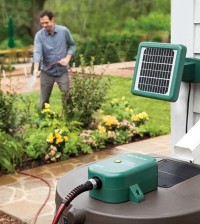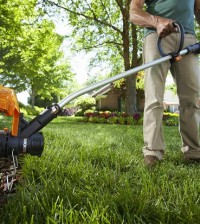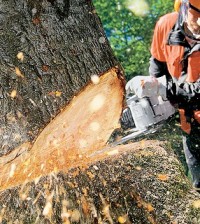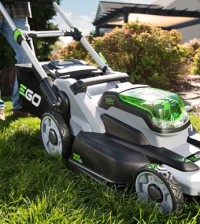Characteristics to Consider When Buying Firefighting Pumps
We just had one of the warmest winters in Australia in the past couple of years, which means you better get ready for one of the worst fire seasons we’ve experienced. Fire season has already started, and it’s only going to get worse as summer closes by. For this reason, you should highly consider getting firefighting pumps for sale, so you’re well-equipped against them, if it does hit the area where you live in.
Even if you don’t live in an area that’s prone to bushfire, there are other uses for firefighting pumps, like irrigation, washing down farm equipment and other tasks that require pressurised water. Regardless what you’re going to use them for, there are certain things to consider when looking for firefighting pumps for sale, the performance characteristics in particular.
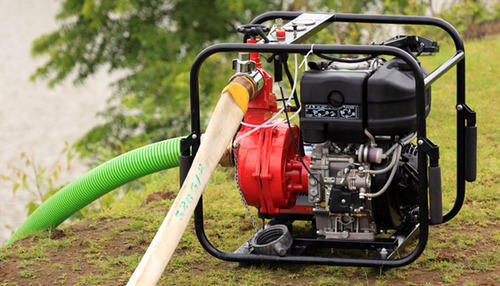
Pressure
What separates firefighting pumps from other types of pumps is the pressure. Typically, firefighting pumps have around 1000PSI, or more. Just for comparison, regular garden hoses have around 50 PSI. To get the amount of PSI, you need to look at the pump’s specs and find the maximum head. Multiply the number of the maximum head by 1.42 to get the amount of PSI the pump has. For instance, if the pump you’re looking at has 100 metres, that means the pump has 142 PSI.
Maximum Head
Maximum head refers to the maximum height the pump can pump to. Simply put, if the pump has a maximum head of 50 metres, the flow rate will be around 0 at 60 metres. With that being said, you should consider the difference in height between the place where you’re pumping water and the pump. Take into account the fact that friction also compromises this statistic, so always aim for slightly more maximum head than you think you would need.
Flow Rate
The flow rate indicates the amount of water the pump can gush out in a minute or hour. For most domestic tasks, 200 to 1000 litres per minute are enough. More isn’t always merrier, as you don’t want excess amounts of water to gush out constantly, as that will just waste your water supply inefficiently.
Housing
The housing the pump sits in is pretty important as you’ll be using it in extreme conditions. You want a robust, metal built pump housing that’s made of sturdy components. Moreover, it should be capable of self-priming, so it has the ability to retain water after the first prime. This will overcome any air blockage and it will ensure the pump is ready as soon as you need it.

